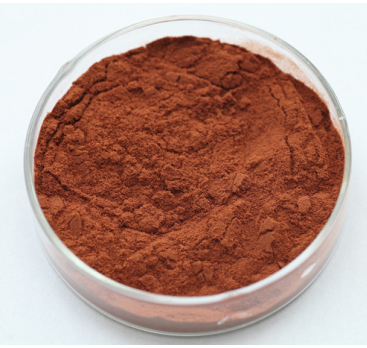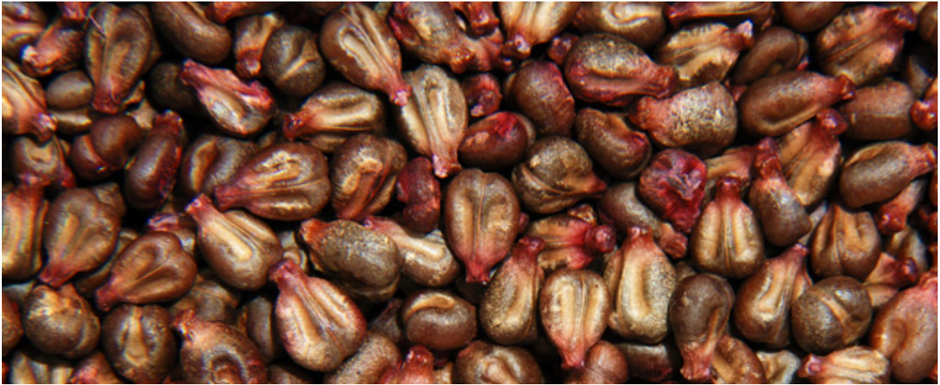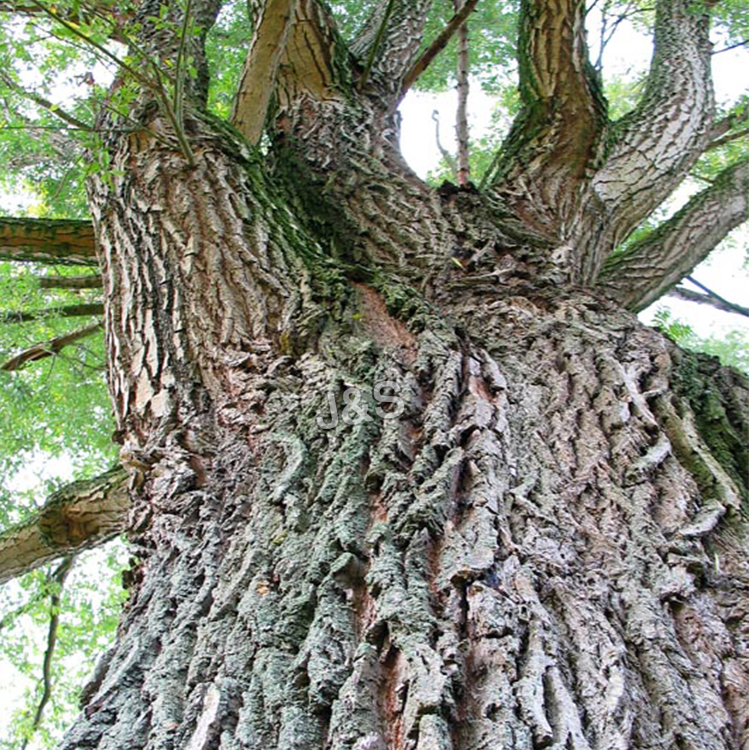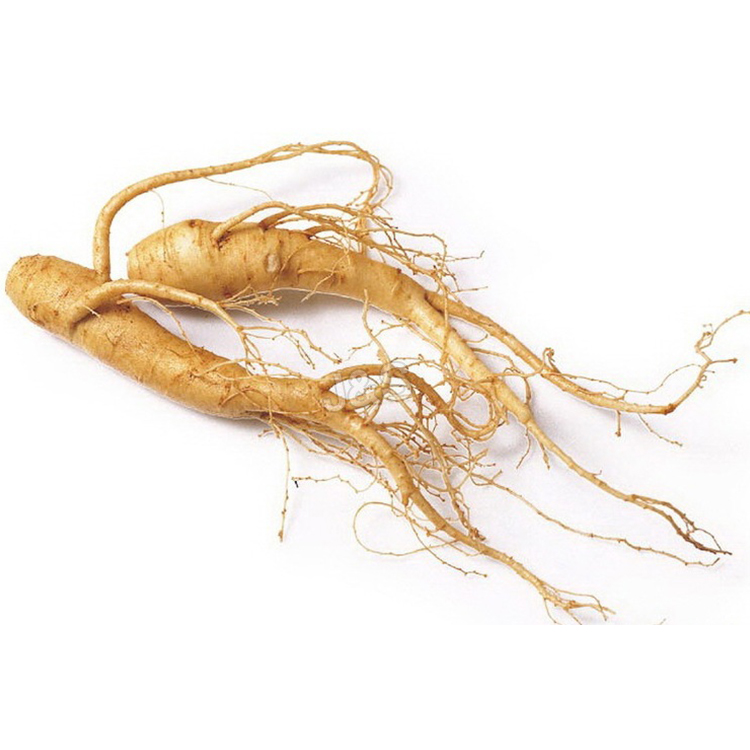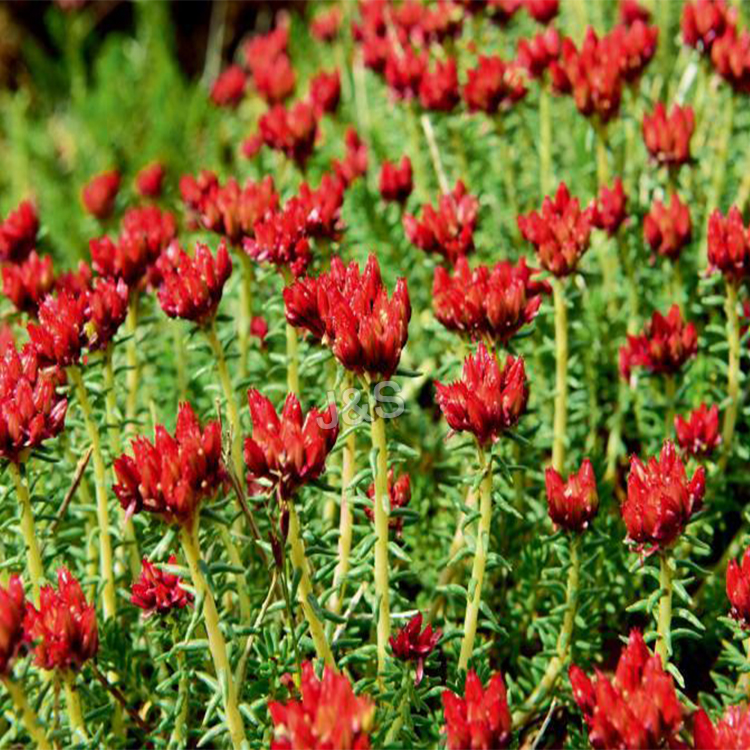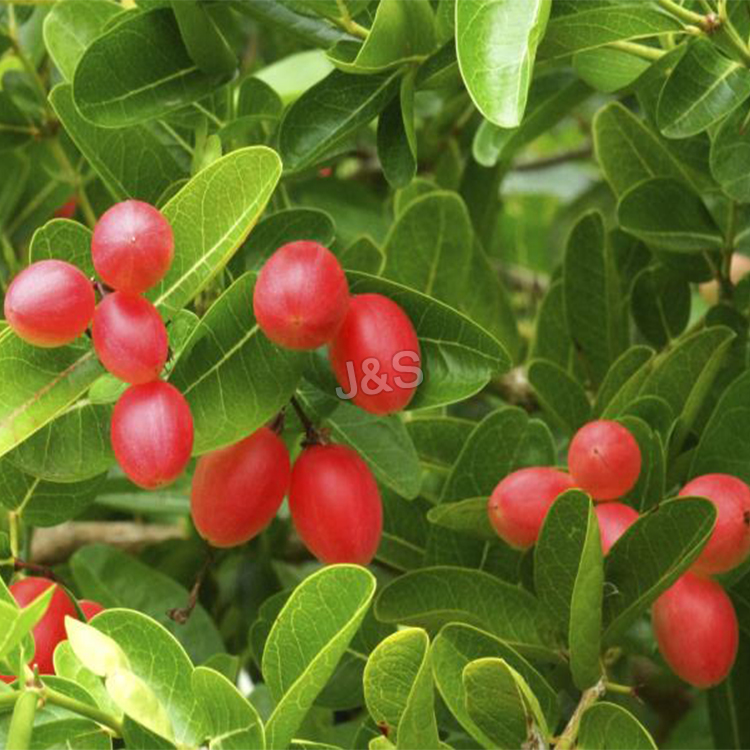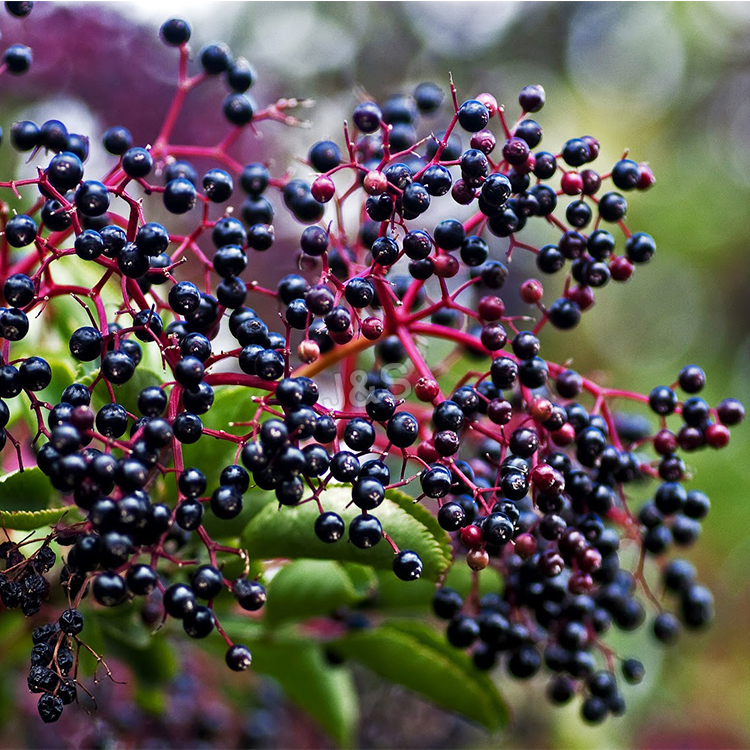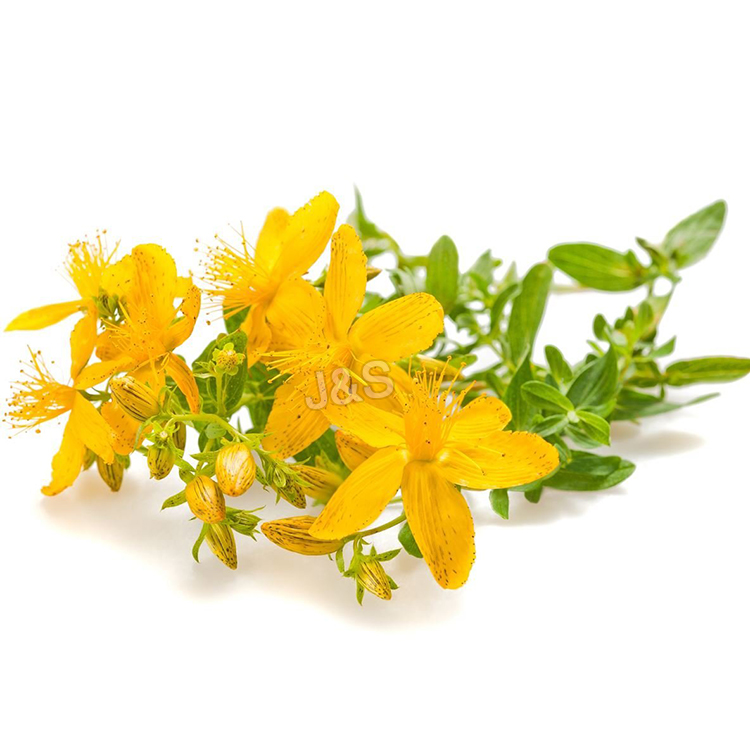12 Years Factory wholesale Grape seed extract Manufacturer in Honduras
12 Years Factory wholesale Grape seed extract Manufacturer in Honduras Detail:
[Latin Name] Vitis vinifera Linn
[Plant Source] Grape seed from Europe
[Specifications] 95%OPCs;45-90% polyphenols
[Appearance] Red brown powder
[Plant Part Used]: seed
[Particle size] 80 Mesh
[Loss on drying] ≤5.0%
[Heavy Metal] ≤10PPM
[Pesticide residue] EC396-2005, USP 34, EP 8.0, FDA
[Storage] Store in cool & dry area, keep away from the direct light and heat.
[Shelf life] 24 Months
[Package] Packed in paper-drums and two plastic-bags inside.
[Gerneral feature]
- Our product has passed the ID test by ChromaDex, Alkemist Lab. and other
third-party authoritative testing institutions, such as detection;
2. The pesticide residues match (EC) No 396/2005 USP34, EP8.0, FDA and other foreign pharmacopoeia standards and regulations;
3. The heavy metals in strict accordance with the foreign pharmacopoeia standard controls, such as USP34, EP8.0, FDA, etc.;
4. Our company set up a branch and import raw materials directly from Europe with strict control of heavy metal and pesticide residue. Aslo ensure the procyanidins content in grape seed is more than 8.0%.
5. OPCs over 95%, polyphenol over 70%, high activity, the oxidation resistance is strong, the ORAC more than 11000.
[Function]
Grapes (Vitis vinifera) have been heralded for their medicinal and nutritional value for thousands of years. Egyptians ate grapes a very long time back, and several ancient Greek philosophers spoke about the healing power of grapes — usually in the form of wine. European folk healers made an ointment from the sap of grapevines to treat skin and eye diseases. Grape leaves were used to stop bleeding, inflammation, and pain, such as the kind brought on by hemorrhoids. Unripe grapes were used to treat sore throats, and dried grapes (raisins) were used for constipation and thirst. Round, ripe, sweet grapes were used to treat a range of health problems including cancer, cholera, smallpox, nausea, eye infections, and skin, kidney, and liver diseases.
Grape seed extracts are industrial derivatives from whole grape seeds that have a great concentration of vitamin E, flavonoids, linoleic acid and phenolic OPCs. The typical commercial opportunity of extracting grape seed constituents has been for chemicals known as polyphenols having antioxidant activity in vitro.
Product detail pictures:
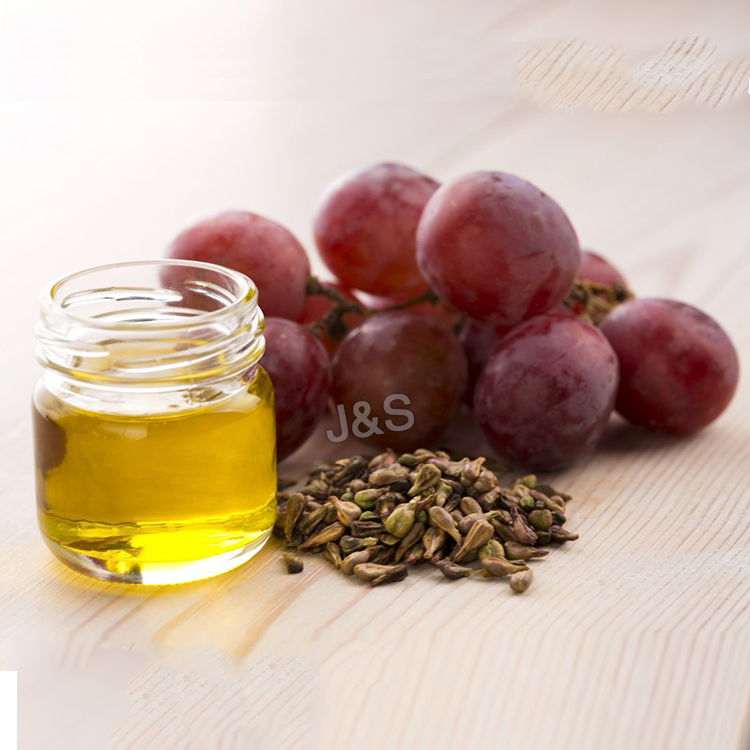
Related Product Guide:
To create much more benefit for consumers is our company philosophy; customer growing is our working chase for 12 Years Factory wholesale Grape seed extract Manufacturer in Honduras , The product will supply to all over the world, such as: Hungary, Seattle, Azerbaijan, We believe that good business relationships will lead to mutual benefits and improvement for both parties. We have established long-term and successful cooperative relationships with many customers through their confidence in our customized services and integrity in doing business. We also enjoy a high reputation through our good performance. Better performance will be expected as our principle of integrity. Devotion and Steadiness will remain as ever.
https://www.TigerFreeTrial.com
Our newest and best natural penis enlargement formula is now available in free trial packs for a limited time.
STAR BUSTER has an active, all-natural formula that solves erection problems. Using medications and drugs with extensive chemical compositions is risky and that’s why Star Buster is the production you can trust for effectiveness and safety. Your problem of achieving and maintaining erections will be a thing of the past after you try Star Buster.
You’ve probably had some less than memorable experiences with poor performance sexually but with Star Buster on your side, you’re going to start a new chapter in your history in the bedroom. Obviously, to have a satisfying sexual experience, your body needs to be in the best health possible, physically and psychologically. If you’re stressed about fighting an erection problem, you’re not going to perform at your best and that’s going to certainly affect your relationship with your partner because they’re not satisfied either.
Star Buster stands apart from other products on the market because we don’t use chemicals with side effects. Star Buster is 100% composed of all-natural herbal ingredients that will efficiently help you eliminate erection dysfunction and have fun all day and all night with your partner.
The factory can meet continuously developing economic and market needs, so that their products are widely recognized and trusted, and that's why we chose this company.
